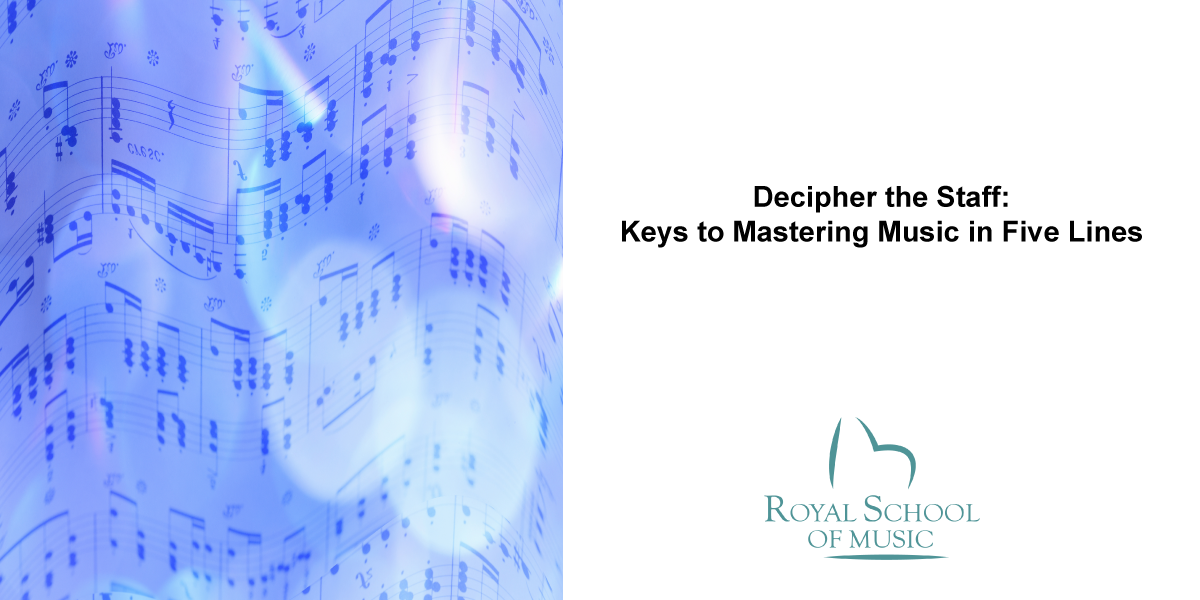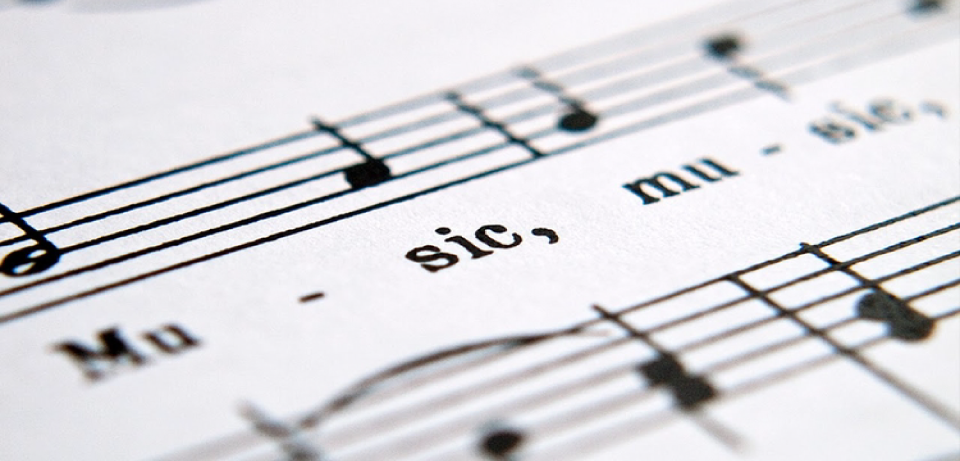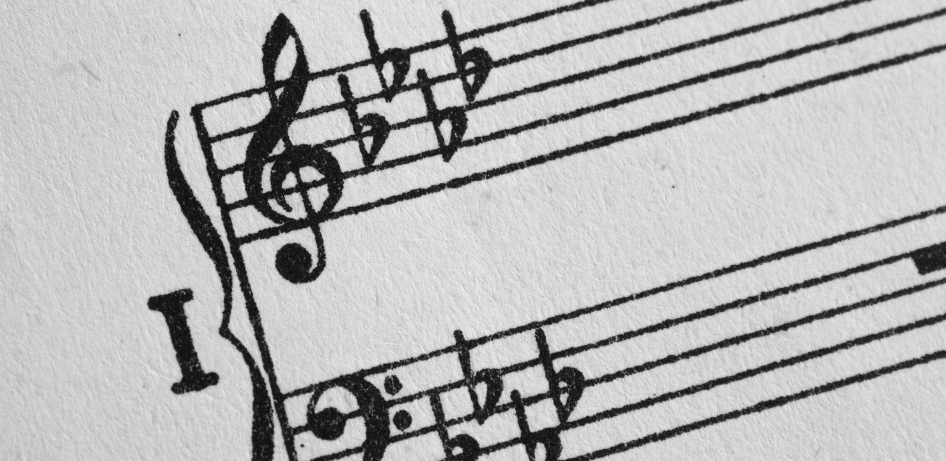
The staff is more than just lines on a sheet of paper; it is the heart of musical notation, the map that guides musicians through a universe of notes and melodies.
The staff is more than just lines on a sheet of paper; it is the heart of musical notation
The staff is more than just lines on a sheet of paper; it is the heart of musical notation, the map that guides musicians through a universe of notes and melodies. Mastering its reading and writing not only allows for the technical interpretation of pieces but profoundly transforms the way music is understood and performed, opening up a world of artistic expression and understanding.
What is the Staff?
The staff consists of five horizontal lines and the four spaces between them, each representing a different note within the musical scale. This seemingly simple design is the canvas on which musicians read and create, a fundamental structure for any musical composition. Each position, whether on a line or in a space, corresponds to a specific note, the identity of which is determined by the musical clef used.

The Key to Understanding Clefs
Clefs are symbols placed at the beginning of the staff to define the note that corresponds to each line and space. The most common are the treble clef, bass clef, and C clef. The treble clef, for example, is typically used for higher notes and is placed on the second line, indicating that this line represents the note “G.” These symbols are essential because without them, it would be impossible to determine which musical note is being represented. Visually, each clef alters the notation on the staff, adjusting all the notes that follow.
Reading the Staff: First Steps
Beginning to read music on the staff involves familiarizing yourself with the basic location of the notes. A good starting point is to memorize the notes that correspond to the lines and spaces in the treble clef, for example. Practice identifying simple notes and then advance to more complex sequences and rhythms. Sight-reading exercises are an excellent way to improve this skill practically and effectively.
Tips and Strategies for Advancement
To improve at reading the staff, consider adopting memorization techniques such as mnemonics for the notes on the lines and spaces. Consistent practice is crucial, and using apps and websites dedicated to musical reading can be very helpful. Participating in ensembles or chamber groups also provides invaluable practical experience, challenging you to read and perform music in a dynamic context.

Escríbenos www.royalschoolofmusic.es






